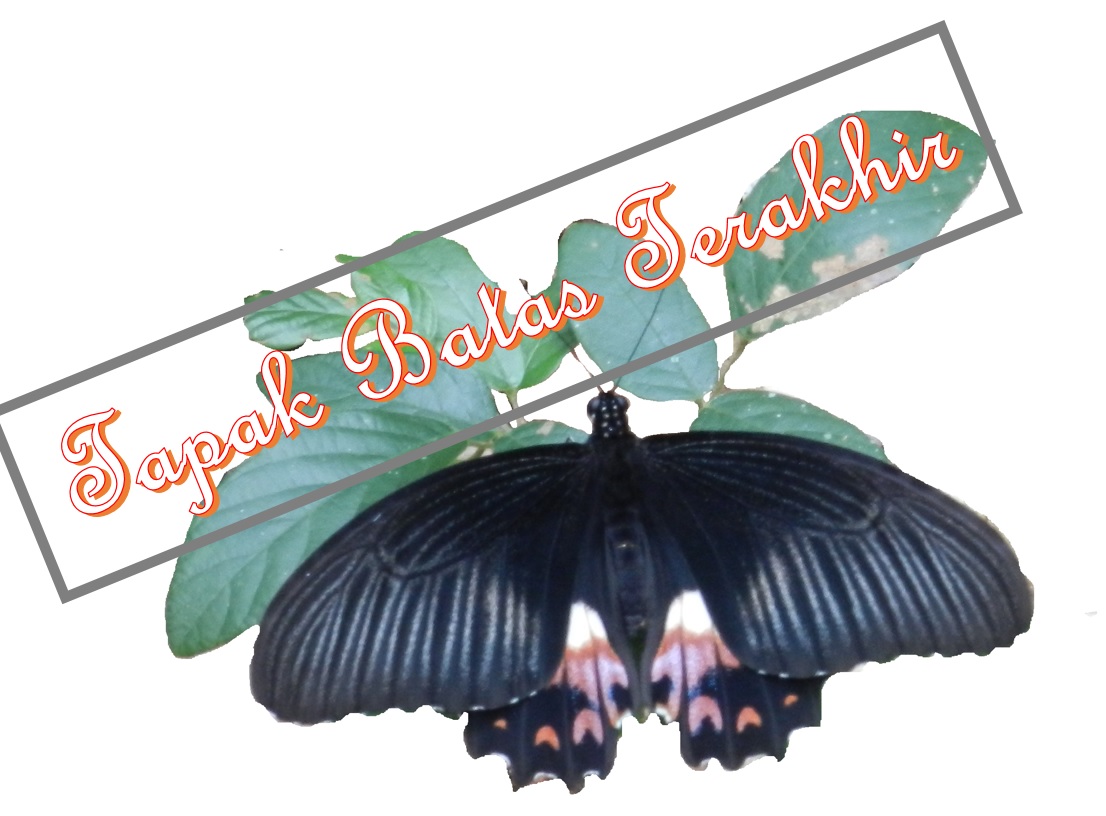Amazing trip to Mambaramo Raya from June 30th until July 7th. Bellow are some pictures I took during the field visited to Kasonaweja, Burmeso, Namunaweja, Papasena I, II and III.
Most of the reports says that the Mamberamo basin is recognized as one of New Guinea’s most important area of undisturbed terrestrial ecosystems, which contains high levels of biodiversity, extensive areas of lowland swamp forests, and is draining around 7,8 million hectares (140,000 km2) of the main northern catchment of Papua. The Foja Mountain, with an exceptional biodiversity significance in a global context, even if uninhabited in its upper part, has also a high historical and cultural significance and will be of critical importance for conservation and for the future livelihoods of its inhabitants. This larges forests area are only dwelled by about 6000 inhabitate that spread from upper to the downstream and more that 90% of them are forests dependent communities. The major rivers in the Basin combine to a total length over 1000 km; the Taritatu/Idenburg is around 467 km long, the Tariku/Rouffaer is about 327 km and the Mamberamo itself is about 283 km long
The watersheed covered 11 Regency but dominated by Mamberamo Tengah Regency. Before 2004 Mamberamo was part of Jayapura district with Kasonawaja as the capital of the district. Between 2004 until 2007 new district created; Sarmi and Waropen in which divided this area accordingly. Then in 2007 the National Government approve Mamberamo Raya Proposal to establish new deventralization areas called Mamberamo Raya Regency - Indonesia Act No. 19/2007 on the Inauguration of the Mamberamo Raya Regency. The Mamberamo Raya Regency covers eight districts: Upper Mamberamo, Middle Mamberamo, Lower Mamberamo, Mid-east Mamberamo, and Rouffaer (ex-Sarmi Regency), Sawai, Benuki, and Upper Waropen (ex-Waropen Regency). The estimated population is 20,000 in 2,381,391 ha of total Mamberamo Raya District.

Mamberamo River view from the Plane
Susi Air is the Reguler Flight to Kasonaweja - the Capital of Mamberamo Raya
Big fish marketed by local community. Mostly from Sikari
Traditional Market at Kasonaweja
Namuni River, a border of Namunaweja and Kasunaweja
Housing build by the Government in Namunaweja Village
The Elementary School at Namunaweja
A lady with Firewood on her shoulder - Namunaweja
A kids playing in the bank of Mamberamo River
Goverment Building in Burmeso
Motorboat is the main transport devices in Membaramo
The eco-action on their website www.eco-action.org mention that "
The Mamberamo basin, in the part of the world violently and forcibly occupied by the state of Indonesia, runs through some of the most beautiful and diverse forest regions on Earth. A huge river system ecompassing part of the central mountains of New Guinea, through lowlands and marshes to the coast, it covers an area over half the size of Britain. Its wild life includes crocodiles, tree kangaroos, cassowarys and birds of paradise, as well as many thousands of forest people, some of whom are still uncontacted by our culture."

Small river - view from the Plan.
Mamberamo river, there are three major ridge with dangerous stream should be crossed
Traditional motor boat of the Community crossing Mamberamo River.
Virgin Tropical forests with big treas a long the basin
Community from Papasena 2 - The place where Yali and CI works
Arecca Nut (pinang) is the main tradition chewing fruits in the community
 |
| Air strip for small airplane left in Papasena 1 |
Taritatu river
Small paddle canoe is the main transportation device for community in the Village
CIFOR and CI and their Publication "Ecohydrology of the Mamberamo basin: an initial assessment of biophysical processes" of 2008 mention that The Mamberamo region supports an incredible
35 percent of all Papuan avifauna, it was found that in 2005 the Foja Mountains and the Mamberamo contained over 100 species of mammals, A total of 13 birds of paradise have been recorded (including the discovery of the pied parotia, Parotia berlepschi, previously thought to be a subspecies but now elevated to species level), four species of bowerbird (including one endemic to the Fojas and photographed during the RAP, and a possible new taxon yet to be described), a new species of honeyeater (Melipotes carolae) apparently confined to the Foja mountains, 11 species of fruit pigeon, numerous parrots including Salvadori’s fig-parrot (Psittaculirostris salvadori) and Pesquet’s parrot (Psittrichas fulgidis) (both globally threatened), and two species of cassowaries (which are abundant in the area). The Mamberamo Basin has an exceptionally rich herpetofauna. A number of reptile species including the saltwater crocodile and the New Guinea freshwater crocodile, a giant softshell turtle (Pelochelys cantori) and a number of smaller turtles, goannas (Varanus) and large snakes have economic or subsistence value for local communities. The basin is home to an extremely rare aquatic snake, the Mamberamo River watersnake (Heurnia ventromaculata), known only from the Mamberamo River system, and is the eastern-most extreme of the range of the spectacular sail-finned lizard (Hydrosaurus amboinensis).There are likely to be more than 100 frog species in the Mamberamo basin. However the frog fauna remains poorly known and during recent surveys numerous new species were logged, so this total may increase substantially. For example, at least 20 new species were recently discovered in the foothills and at higher altitudes of the Foja Mountains. Many of these recently discovered frogs are e likely to prove endemic to the Mamberamo Basin.


A lake fresh fish easily to get in around villages








































